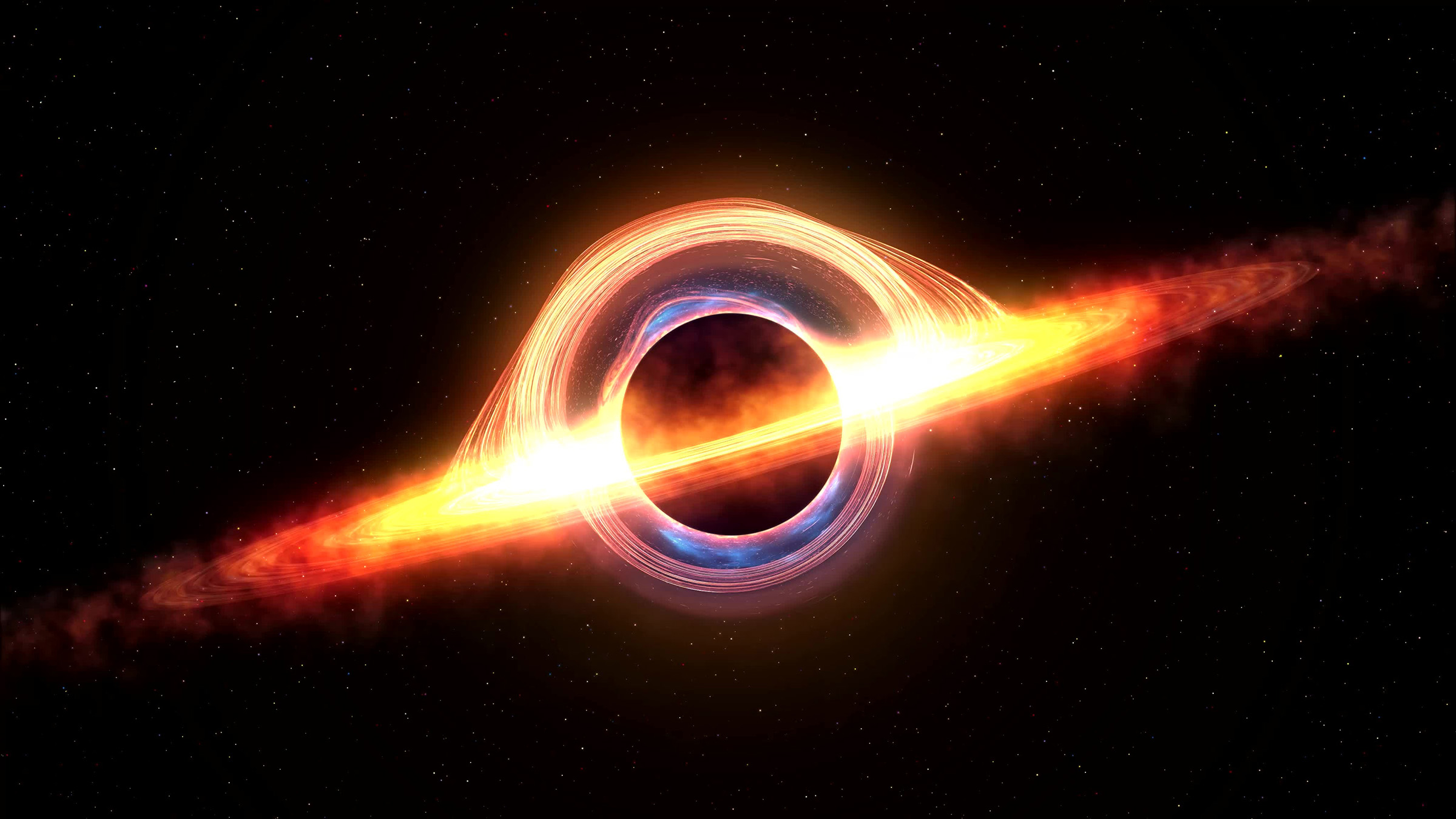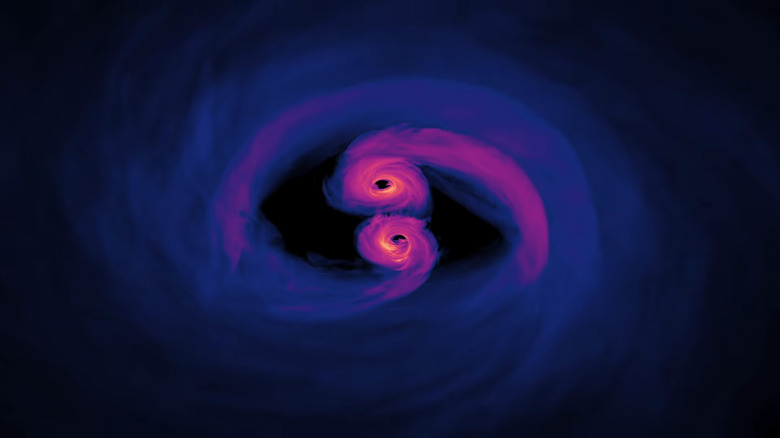Gravitational Waves Could Let Us See Into Black Holes One Day
When you think of the mysteries of the universe, it's hard not to think of black holes. Despite even going so far as to capture an image of a black hole, there's still a lot that we don't know about these stellar enigmas. Luckily, that could change in the future, as scientists believe gravitational waves could let us see into black holes as they merge together.
It's an intriguing proposition and one that astronomers aren't likely to turn down if given the opportunity to jump into in depth. The idea is outlined in a new paper that is currently available on the preprint server arXiv. According to the paper, scientists believe that merging black holes create distinct gravitational waves that could be exploited to look deeper into these entities.
Being able to see into black holes using gravitational waves would allow us to learn what black holes are really made of – a question that has stumped scientists and researchers for decades at this point. Currently, the only thing we have to go off of when it comes to black holes is Einstein's general theory of relativity.

Based on that theory, black holes prevent light from escaping because of their strong gravitational pull. The boundary of these stellar entities, known as the event horizon, is said to lock anything that passes beyond it. So, if you were to cross that threshold, you wouldn't be able to get out.
Being able to see into the center of these black holes could then provide a ton of information we don't currently have access to. Like how the interiors truly form and look. These enigmas have stumped scientists for years, and their mystery has made them some of the most terrifying objects in the universe. It also doesn't help that black holes sound absolutely terrifying, too.
The theory also predicts that the centers of black holes are infinitely high densities that scientists call singularities. It's the presence of these singularities that scientists believe could be the key to understanding black holes better. If we're able to see into black holes in the future, we could discern the remaining parts of the equation needed to properly explain these enigmas.
The paper says that the gravitational waves that merging black holes release right after the merger is the key to seeing into the black holes. The new mass of the two black holes vibrates with an intense amount of energy, releasing a distinct gravitational wave that we may be able to study to learn more about the interior of black holes as a whole.
